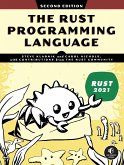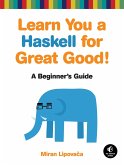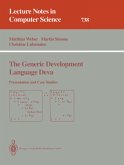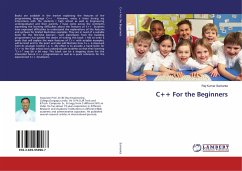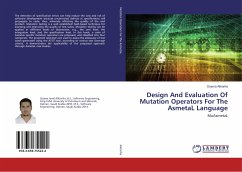Natural Language Processing (NLP) consists of few important parts. For example, one of the first part of the NLP process is a stemming, then next process is morphological analyzses and then syntactic processes will follow. There has been many researches on stemming process. These are few of the most popular stemming algorithms available right now.The Lovins defines a stemming algorithm as "a procedure to reduce all words with the same stem to a common form, usually by stripping each word of its derivational and inflectional suffixes". The main objective of the stemming process is to remove all the possible affixes and thus reduce the word to its stem. The contemporary search engines can use stemmed word to make the search broader which means that it can ensure that the greatest number of relevant matches is included in search results. Stemming has also applications in machine translation, document summarisation, and text classification. There are two approaches in stemming algorithm. The first approach is basic stemming which means normally context-free and the main objective is to identify affixes and remove them.
Bitte wählen Sie Ihr Anliegen aus.
Rechnungen
Retourenschein anfordern
Bestellstatus
Storno



